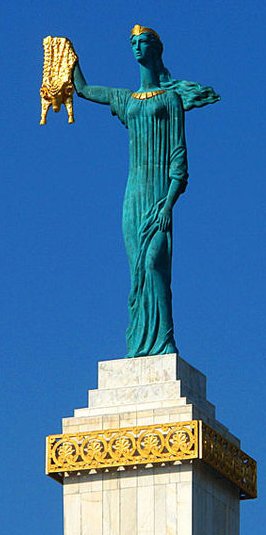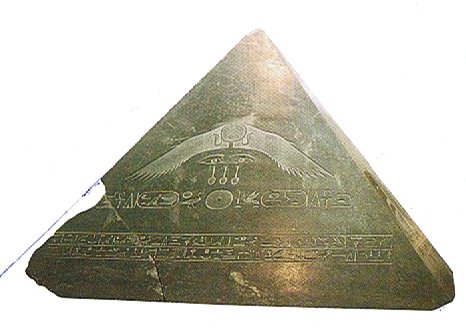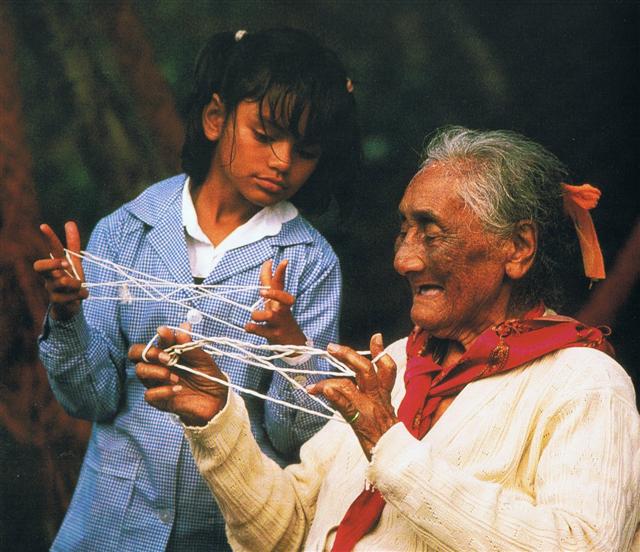|
584
16 The other Egyptian plumb bob (F35) was a picture of the heart and the wind pipe of a sheep. Which therefore ought to be located in the Aries constellation. Many threads are intertwined here. Whether it was true or not that the Anatolian she(e)pherds collected gold dust by immersing hides at the bottom of the creeks is irrelevant. What matters is that the idea (picture) is beautiful - otherwise it would not be relevant, not be remembered. Not survive in an ideal cosmos inhabited according to the rules of the fittest.
It strikes me that nefer is close to neter. In order to help perception extremes should be close to one another - like winter solstice and spring equinox as well as omega and alpha.
And likewise that t suggests both t(ime) and female:
The Phoenician scribes wrote teth and qoph with the same sign (i.e. the beginning implied the end):
It was simply a matter of time - we permitted him to live for a while (for a quarter of the year):
kua tupu te kihikihi
|
||||||||||||||||||||||||||||||||||||







.jpg)

